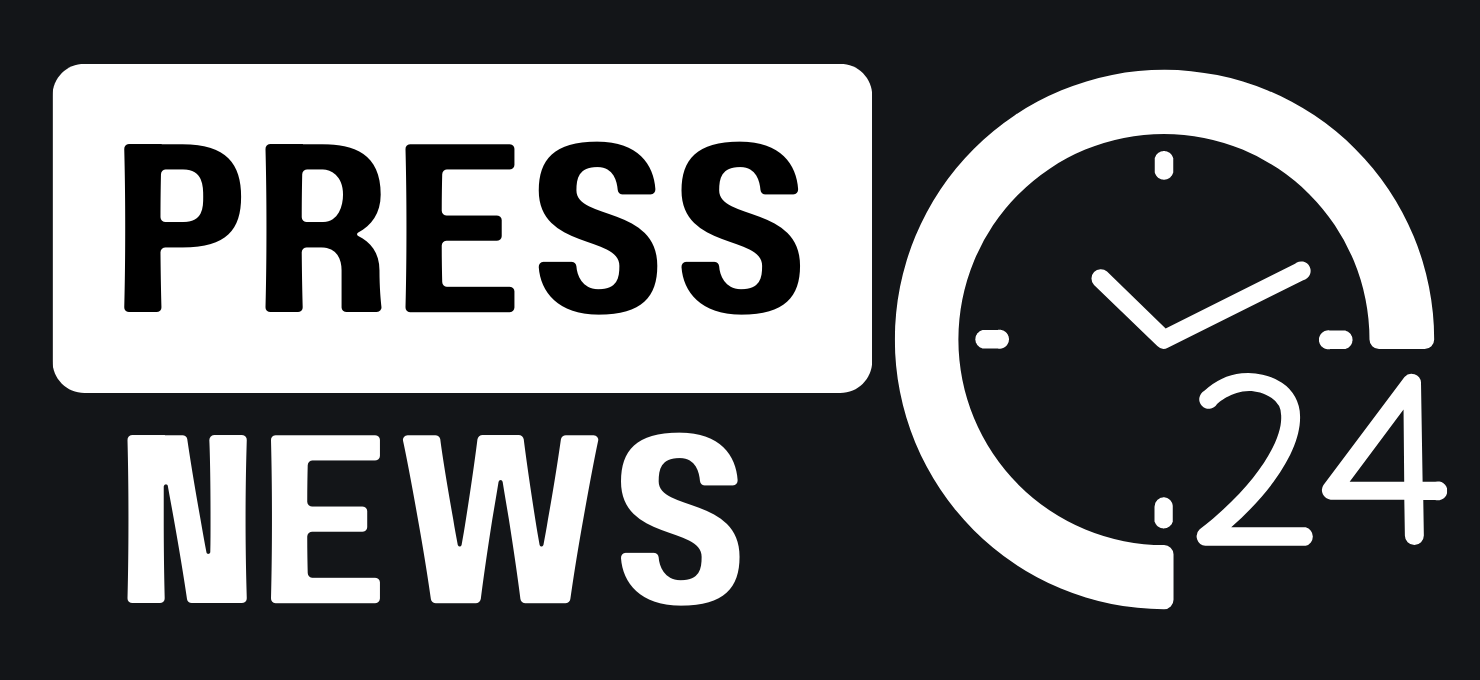The Election Commission's move was questioned by several opposition parties as the Commission updated the first phase polling percentage 11 days later and the second phase polling percentage two days later. The first phase polling ended on April 19, so the first phase polling percentage data was released on April 30 after a delay of 11 days and the second phase polling data was released on April 28, two days after the second phase polling on April 26.
Congress President Kharge appealed to raise voice against the commission
Opposition parties questioned the delay in voting data. Congress President Mallikarjun Kharge wrote a letter to all parties urging them to raise their voice against the Election Commission's move. Kharge, in his 'open letter' to the leaders of the All India Alliance and other opposition leaders, highlighted the delay in releasing the final voting percentage of the initial phases of the Lok Sabha elections and said that such a delay casts doubt on the credibility of the data provided by the Election Commission. He questioned the reasons behind the delay in releasing the voting data 11 days after the first phase of polling and four days after the second phase of polling. Also, he sought an explanation from the Commission about the reasons for this delay.
Election Commission gave a strong response
The Election Commission reacted strongly to Kharge's allegations and accused him of obstructing the conduct of free and fair elections. The Commission said that it sees a 'pattern' in the irresponsible statements made by the Congress in the past and present. Calling it 'worrying', the Commission said that despite all the facts, the Congress President is trying to push a partisan point of view. After this, the voting data of the next phases was uploaded very fast.
What does the difference in voting percentage mean?
The difference in voting percentage is being analyzed in different ways. Some experts say that a low voting percentage could be detrimental for the BJP, while others believe that it could harm the Congress more. Both the BJP and the Congress claim that a low voting percentage could be detrimental. The BJP said that their voters are coming to the booths. In fact, top BJP leaders, including Prime Minister Narendra Modi, had strongly appealed to voters to cast their votes. Some experts say that BJP voters had become careless due to the possibility of a big win. BJP leaders, including PM Modi, made several appeals to voters to come out and vote. They claimed that opposition voters are not coming to the booths because they are confident of their defeat.
Voting percentage in key constituencies
| Constituency | Voter Turnout 2024 | Voter Turnout 2019 | Changes in voter turnout |
|---|---|---|---|
| chhindwara | 79.83% | 82.39% | −2.56% |
| Wayanad | 73.57% | 73.23% | 0.34% |
| Dharwad | 74.37% | 70.25% | 4.12% |
| Thiruvananthapuram | 66.47% | 68.63% | −2.16% |
| Pilibhit | 63.11% | 67.37% | −4.26% |
| Mathura | 49.41% | 64.01% | −14.60% |
| Coimbatore | 64.89% | 63.86% | 1.03% |
| baramati | 59.50% | 61.70% | −2.20% |
| fold | 72.43% | 60.83% | 11.60% |
| jamui | 51.25% | 57.94% | −6.69% |
| Saran | 56.73% | 56.56% | 0.17% |
| Amethi | 54.34% | 54.05% | 0.29% |
| Hyderabad | 48.48% | 52.48% | −4.00% |
| Kannauj | 61.08% | 52.48% | 8.60% |
| Peg | 69.93% | 52.03% | 17.90% |
| Bengaluru South | 53.17% | 49.41% | 3.76% |
| begusarai | 58.70% | 48.75% | 9.95% |
| Jodhpur | 64.27% | 45.23% | 19.04% |
| Gandhinagar | 59.80% | 40.42% | 19.38% |
| Jammu & Kashmir | 38.49% | 25.55% | 12.94% |
Changes in voter turnout
Changes in voting percentage may not be a definitive metric for assessing election results, but it often provides important information. Changes in voting percentage in key constituencies are always significant. For example, according to Election Commission data, several key constituencies have seen sharp increases in voting. Jodhpur saw a 19.04% increase, Gandhinagar saw a 19.38% increase, and Khunti recorded a 17.9% increase. These changes indicate a possible shift in voter participation and political dynamics in different areas. Some experts believe that a sharp increase in voting is a sign of change, although this is not always true.
| phase | 2019 polling | 2024 polls |
|---|---|---|
| 1 | 69.43% | 66.14% |
| 2 | 68.77% | 66.71% |
| 3 | 68.40% | 65.68% |
| 4 | 65.51% | 69.16% |
| 5 | 62.56% | 62.20% |
| 6 | 64.60% | 63.36% |
Very little difference in voting between 2019 and 2024
The difference in turnout between 2019 and 2024 is very marginal. The average turnout in 2019 was 66.54%, while in 2024 it was 65.54%. These figures are only till Phase 6. Many election experts have attributed this slight drop to various factors. One important reason is the scorching heat during the 2024 elections. Also, the 2024 Lok Sabha elections were to be held 15 days before the 2019 elections, which led to lower turnout. All these factors together affect voter participation.
PressNews24 provides latest news, bollywood news, breaking news hollywood, top tech news, business standard news, indian economy news, world economy news, travel news, mumbai news, latest news mumbai loksabha election 2024, video viral news, delhi news, Only at PressNews24.in






